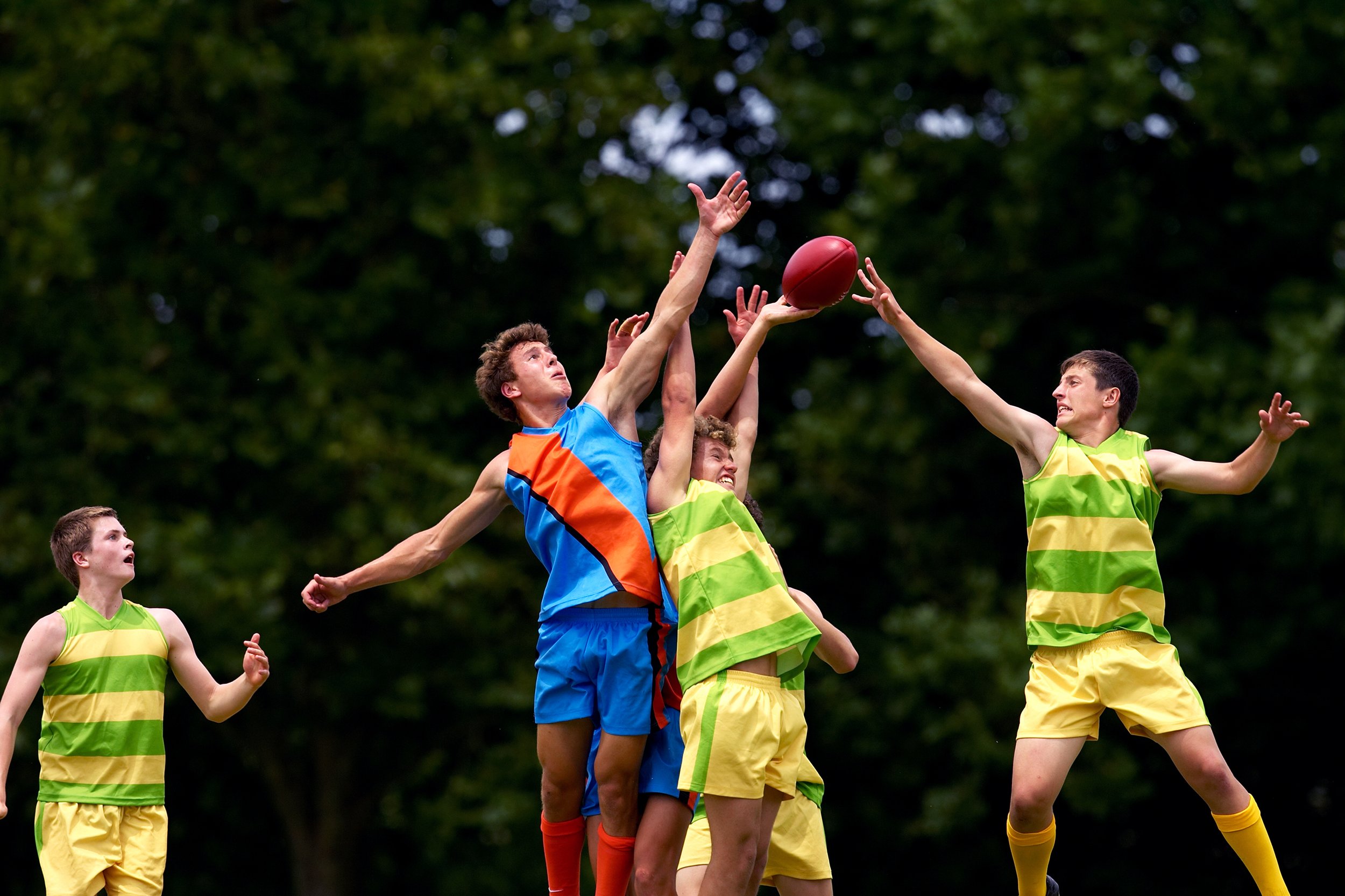
SHOULDER CONDITIONS
OUR EXPERTISE
At Ortho Specialist Centre, our experienced orthopaedic specialists are skilled in diagnosing and treating a wide range of shoulder conditions. We offer personalised treatment plans tailored to your specific needs, using the latest advancements in orthopaedic care.
Common shoulder conditions treated at Ortho Specialist Centre
Rotator Cuff Tears
A rotator cuff tear occurs when the tendons in the shoulder become torn or damaged, often due to injury or overuse. Symptoms include shoulder pain, especially when lifting or rotating the arm, weakness, and difficulty with overhead activities. Treatment options range from physical therapy and medications to surgical repair.
Shoulder Bursitis
Shoulder bursitis is the inflammation of the bursa, a small fluid-filled sac that helps reduce friction in the shoulder joint. It can result from overuse, injury, or infection. Symptoms include pain, swelling, and tenderness in the shoulder. Treatment involves rest, ice, physical therapy, and anti-inflammatory medications. Surgery is indicated when non-surgical treatment is exhausted. This is performed via keyhole surgery.
Shoulder Dislocation
A shoulder dislocation occurs when the upper arm ball and socket separate. This can be caused by trauma or overuse. Symptoms include severe pain, swelling, and inability to move the shoulder. Immediate medical attention is required to relocate the shoulder, followed by physical therapy to strengthen the joint and prevent future dislocations. Shoulder stabilisation via arthroscopic (keyhole) may be required.
Labral Tears
A labral tear is an injury to the ring of cartilage (labrum) that surrounds the shoulder socket. It can be caused by trauma, repetitive shoulder motions, or aging. Symptoms include pain, catching or locking sensations, and instability in the shoulder. Treatment options include physical therapy and, in some cases, surgical repair.
Shoulder Arthritis
Shoulder arthritis, including osteoarthritis and rheumatoid arthritis, involves the breakdown of cartilage in the shoulder joint, leading to pain, swelling, and stiffness. Symptoms include chronic pain, reduced range of motion, and a grinding sensation. Treatment may involve medications, physical therapy, lifestyle changes, and shoulder replacement surgery.
Shoulder Impingement
Shoulder impingement happens when the tendons of the rotator cuff are compressed during shoulder movements. This can cause pain and inflammation. Symptoms include pain during lifting, reaching, and reduced range of motion. Treatment typically involves rest, physical therapy, and anti-inflammatory medications.
Frozen Shoulder (Adhesive Capsulitis)
Frozen shoulder is characterised by stiffness and pain in the shoulder joint. It often develops gradually and can severely limit the range of motion. The exact cause is unknown, but it may occur after an injury or surgery. Treatment includes physical therapy, medications, and sometimes corticosteroid injections to reduce pain and inflammation.
Shoulder Instability
Shoulder instability occurs when the shoulder joint is loose and slides around too much or dislocates. It can be caused by traumatic injuries, repetitive strain, or congenital conditions. Symptoms include a feeling of the shoulder slipping out of place, pain, and weakness. Treatment may involve physical therapy to strengthen the shoulder muscles, or surgery to repair/tighten the joint structures.
Humerus Fractures
A humerus fracture is a break in the upper arm bone and can occur near the shoulder, mid-arm, or near the elbow. Causes include trauma from falls, accidents, or direct blows. Symptoms are severe pain, swelling, bruising, and inability to move the arm. Treatment depends on the location and severity of the fracture and may involve immobilisation, physical therapy, and in some cases, surgery.
Clavicle Fractures
A clavicle fracture, or broken collarbone, is a common injury often caused by falls or direct impacts to the shoulder. Symptoms include sharp pain, swelling, bruising, and a visible deformity. Treatment usually involves immobilisation with a sling, pain management, and physical therapy. Severe cases might require surgical intervention to realign and stabilise the bone.


